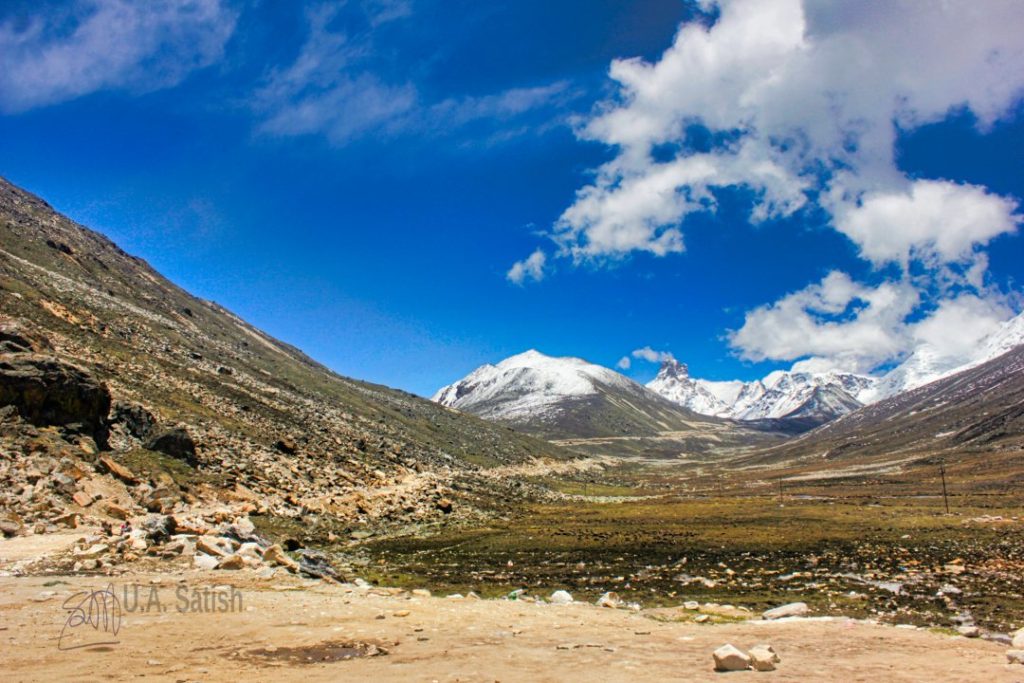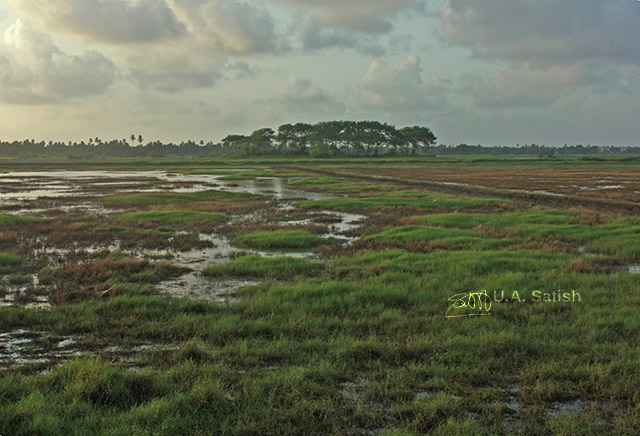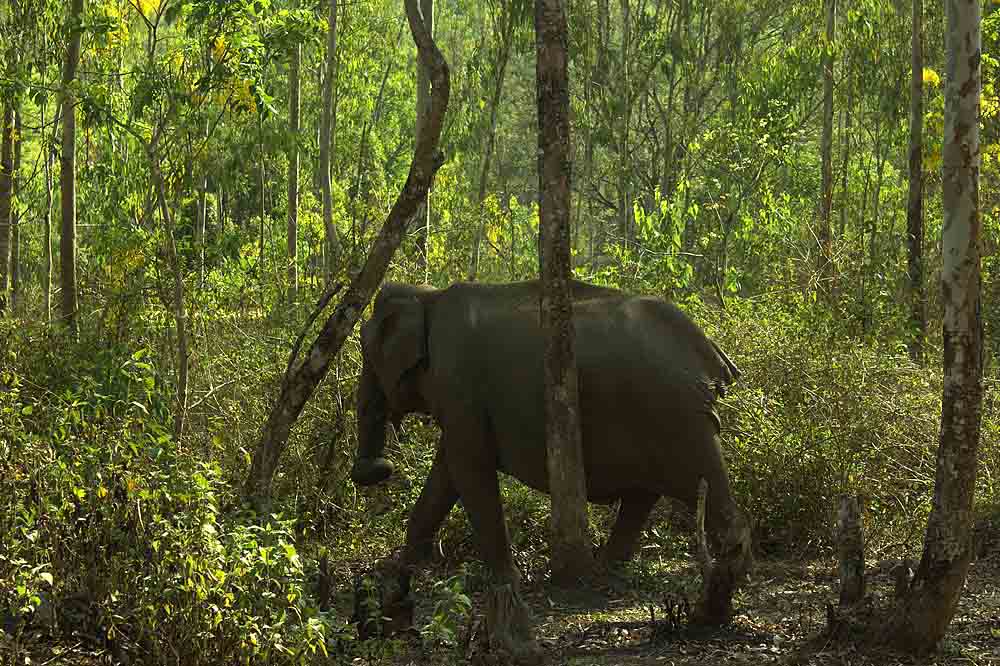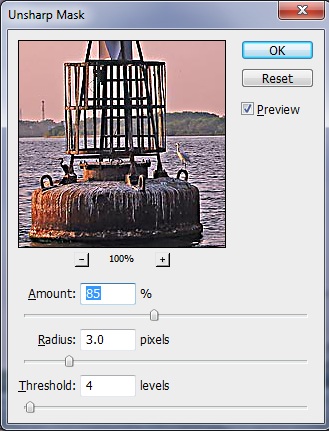Photos look best when they are sharp and clear. Our camera and lens decisions impact on the sharpness and depth of field. All our shots, even with the best cameras, may not turn out sharp. Here are some ways in which you can get sharper photos.
What causes soft images
The main reasons why one ends up with a soft photo are camera shake, subject motion and focus errors.
If most parts of your image is blurred, the most likelyreason is camera shake. If you are hand holding the camera, make sure you support it properly. Low shutter speed can also cause camera shake. If you are using a 50 mm lens, your shutter speed should not drop below 1/50 sec. Similarly, if the focal length is 18 mm, you may be able to get away with a shutter speed of 1/20 sec. If the shutter speed cannot be taken up, then you may have to resort to a tripod.

If some parts of the photo are blurred, you may look into subject movement. Increase the shutter speed and eliminate the blur, . To get a higher shutter speed, you can raise the ISO value, widen the aperture or do both. In order to freeze the motion of a running kid, you will probably need a shutter speed of 1/250 sec or more.
If the subject is sharp in one area and blurred at another, you could have focused wrongly. This is not uncommon when the depth of field is shallow. You can remedy it by using a small aperture.
Focus Modes for Sharper Photos
Most of us tend to use autofocus. But be sure to check the focus after each shot. You can do this by zooming into the image and making sure it is sharp. In case of any problem, switch to manual focus. Use LiveView to magnify specific parts of the image at 5X or 10X for precise focusing. In the photo below, I used manual focusing with Live View on Canon.


Depth of Field and Sharper Photos
Aperture, focal length and focal distance affect depth of field. The smaller the aperture, greater is the depth of field. Landscapes shot at apertures of f/8 to f/11 bring most of the frame into focus. I used an aperture of f/8 to get sharpness in the entire frame in the photo of a wild elephant shown above. The image made it to Flickr Explore.

When the focal length of your lens increases, the depth of field goes down. Longer lenses are best for head shots and portraits. And when you get closer to the subject, depth of field goes down. This is important in macro photography.
Sharpening Tools

If you liked the post, you could…
Join more than 5,000 fans of UASATISH by liking us on Facebook, or follow us on Twitter and Instagram.